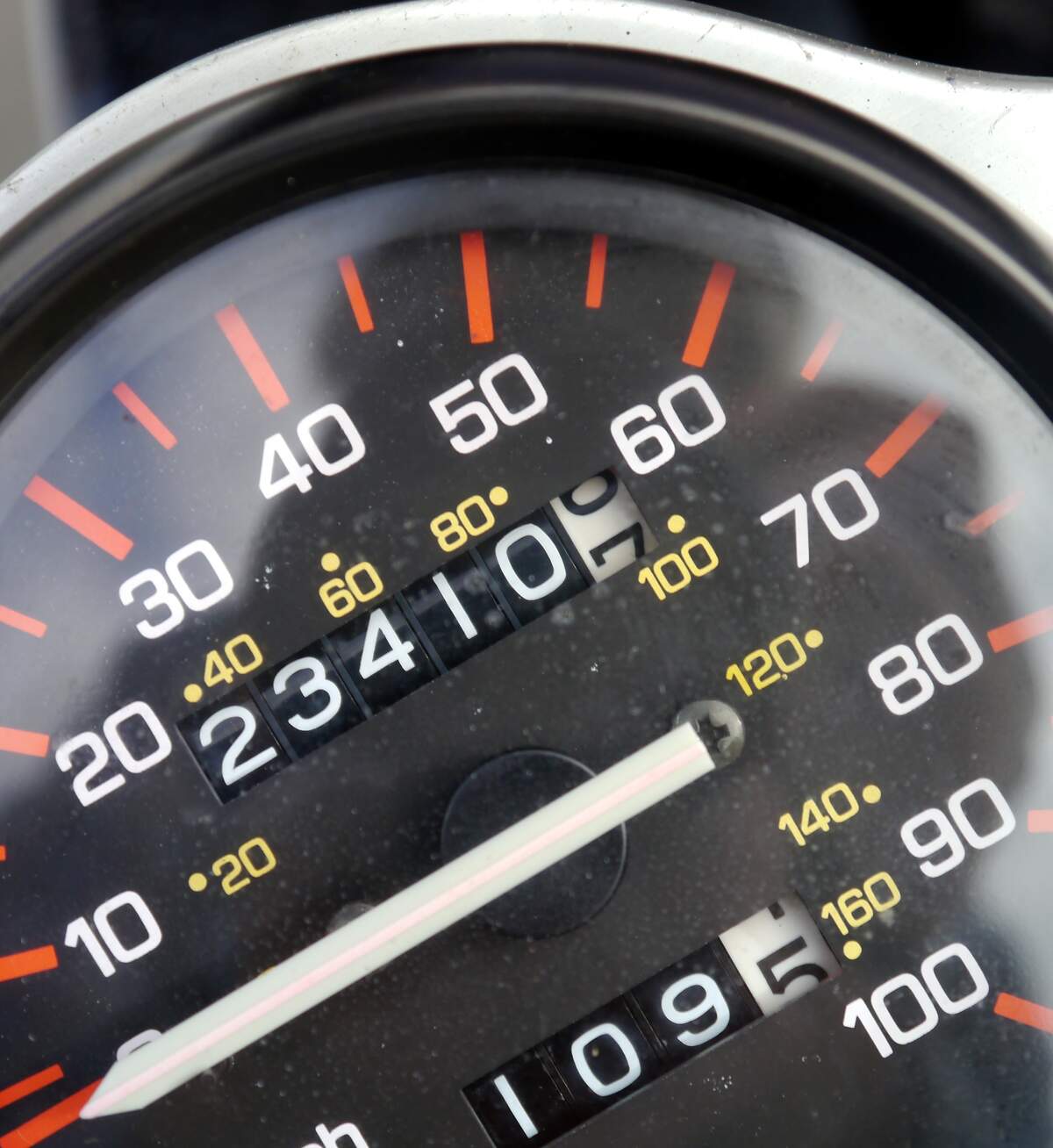

National Odometer Day
An odometer is an instrument in a vehicle, usually on the dashboard near the speedometer and tachometer, that displays the total distance the vehicle has driven. Odometers count the number of wheel rotations and multiply it by the circumference of the tire, which is the tire's diameter multiplied by π. There are a number of useful purposes for odometers. They can help determine when oil should be changed and other maintenance should be done. They can let an owner know if any warranties are still in effect, and can be helpful for insurance purposes. Odometers help with buying and selling vehicles, giving consumers an idea of how well a vehicle has been taken care of, how long it will last, and what its value is. On National Odometer Day we pay tribute to these unsung heroes!
Before the time of odometers, in ancient Greece, bematists counted their steps to measure distance. Vitruvius, a Roman architect and engineer, is credited with inventing the odometer in 15 BCE. He found that a chariot wheel of standard size made 400 rotations in a mile. He mounted it to a frame with a cogwheel with 400 teeth. Each time a mile passed, the cogwheel completed a full rotation, and a gear connected to it dropped a pebble. The number of pebbles that were dropped during a commute told the number of miles that had been traveled. But early odometers were not exclusive to Europe. Shortly after Vitruvius came up with his odometer, one was invented in China, during the Han Dynasty.
In the seventeenth century, Blaise Pascal invented the pascaline, which was something of a prototype of an odometer on account of how its gears worked. In the eighteenth century, Benjamin Franklin created an odometer and attached it to his carriage to measure the distance of postal routes. But it was an invention of the nineteenth century that determined that National Odometer Day would take place today.
In 1847, William Clayton was part of a group of Mormon pioneers traveling from Missouri to Utah. He ascertained that 360 revolutions of a wagon wheel were equal to a mile, and he tied a red rag to a wheel and counted the miles as they passed. After getting tired of doing this he got the idea to design what would be called a roadometer, a form of odometer. Orson Pratt helped with the design and it was built by Appleton Milo Harmon. It was used for the first time on the morning of May 12, 1847, the date on which we observe National Odometer Day.
How to Observe National Odometer Day
Celebrate the day by checking how many miles are on the odometer on your car. You could use this information to make some maintenance decisions. When was the last time you got an oil change or transmission flush or changed the spark plugs? How long has it been since you put on new tires? Do you have any warranties that will expire if you put many more miles on your vehicle? How long before you'll have to think about purchasing a new vehicle? Another way you could spend the day is by learning more about how odometers work.




















